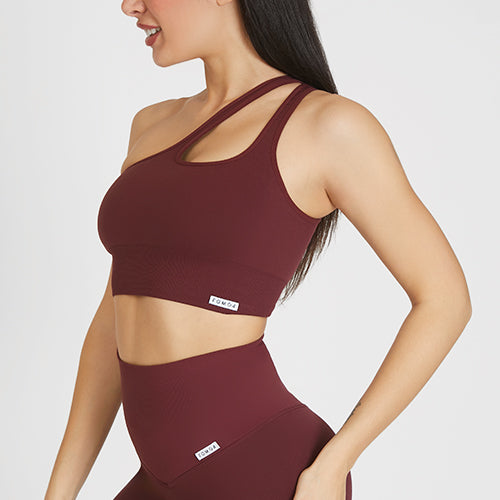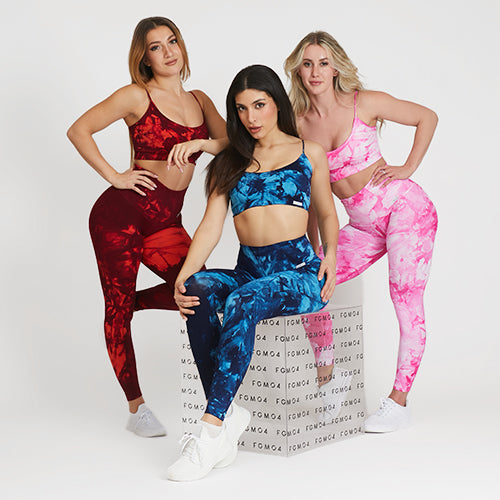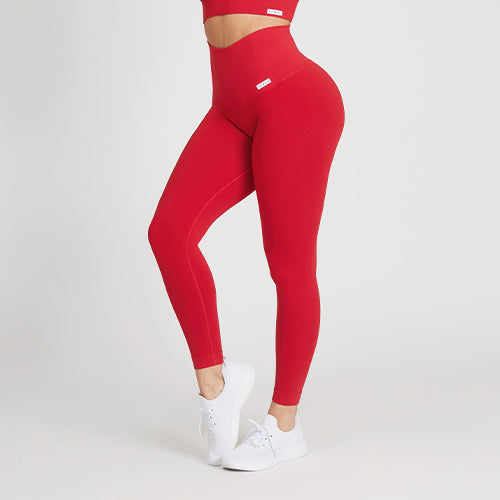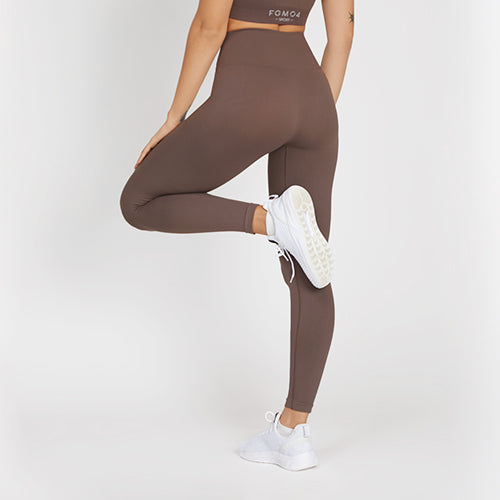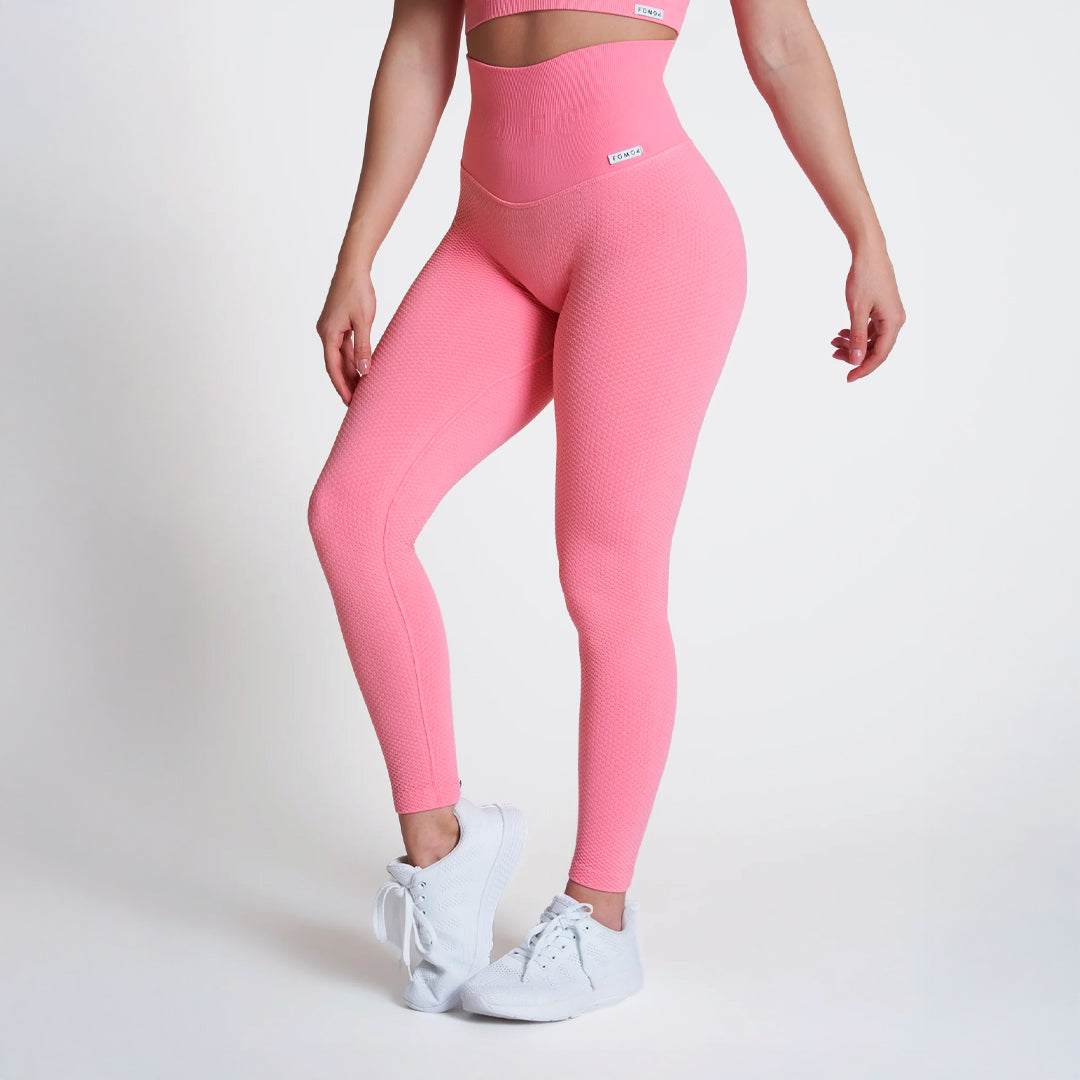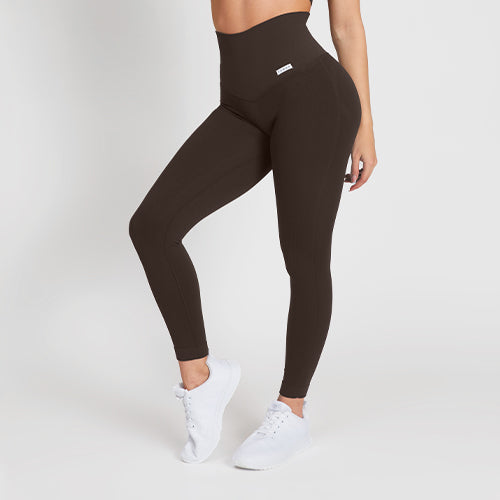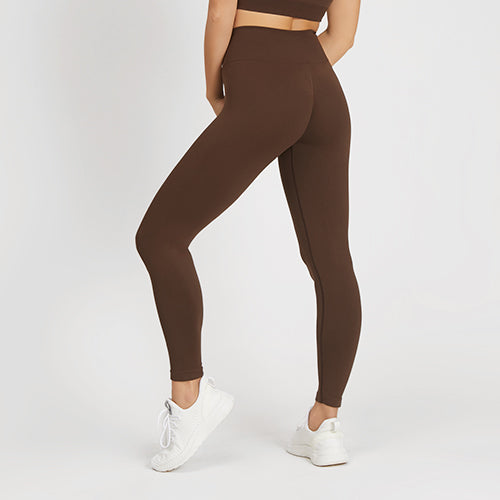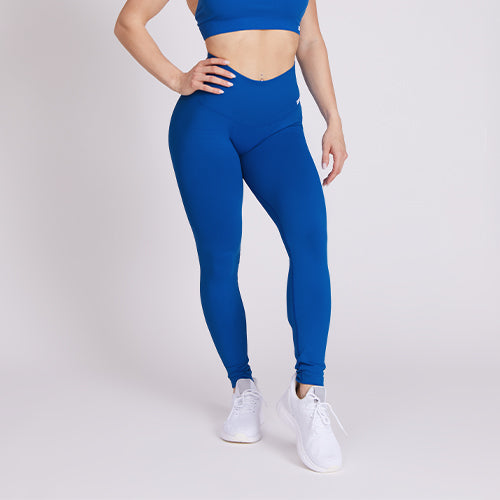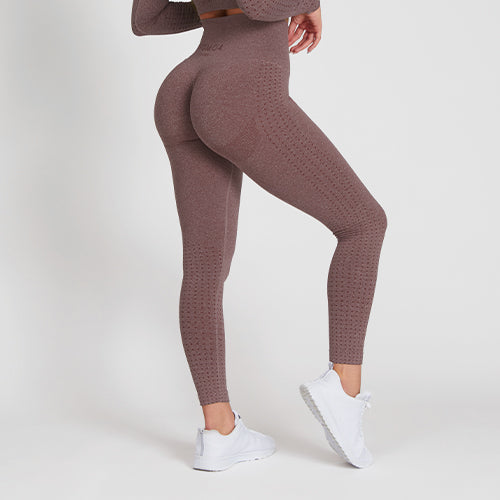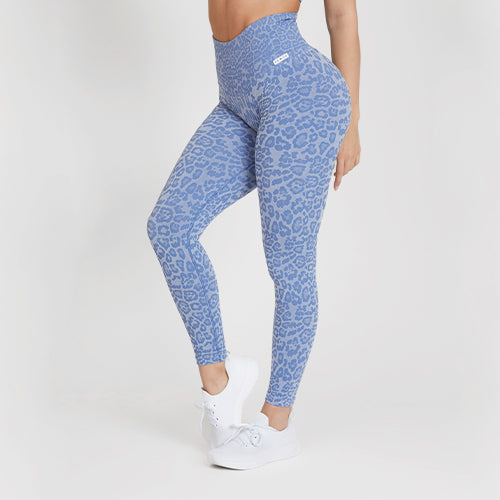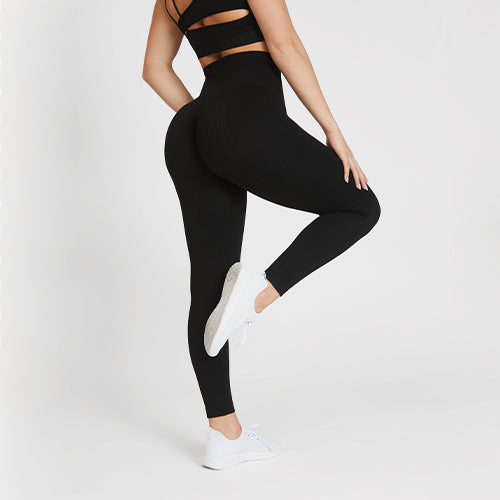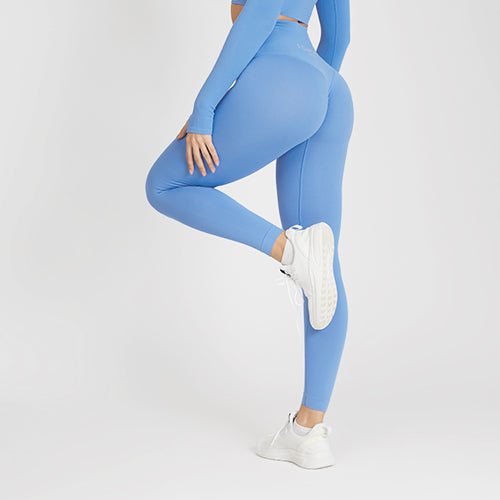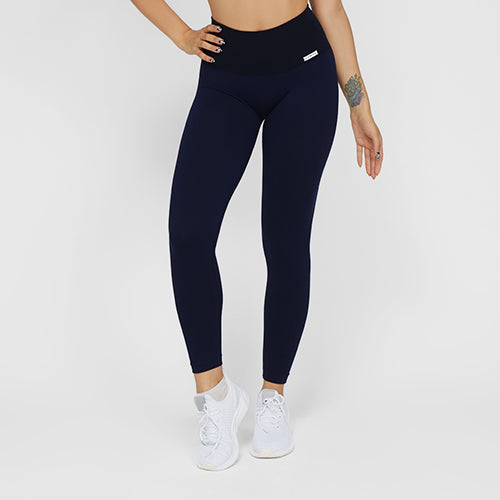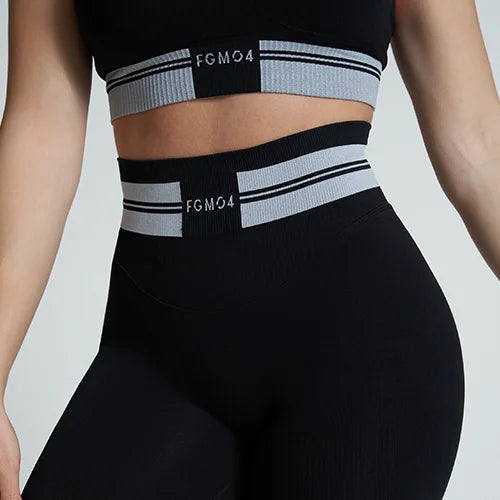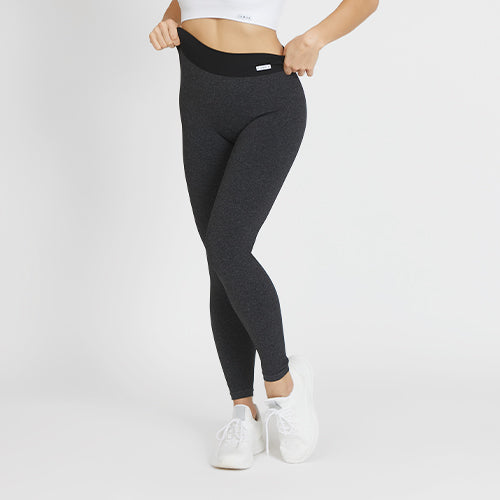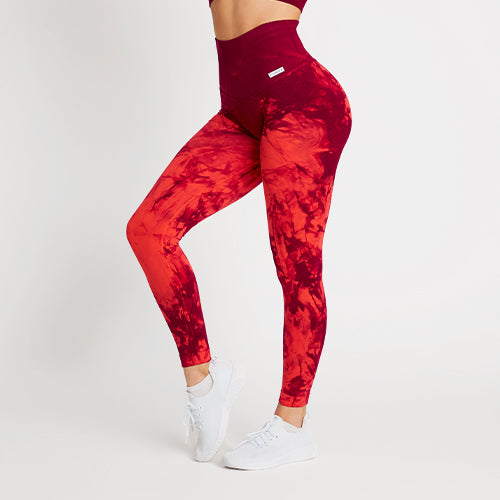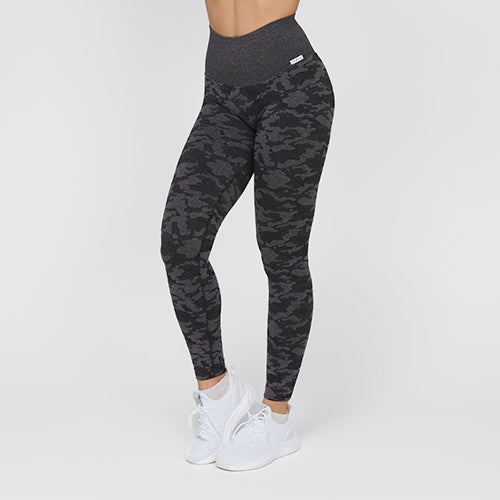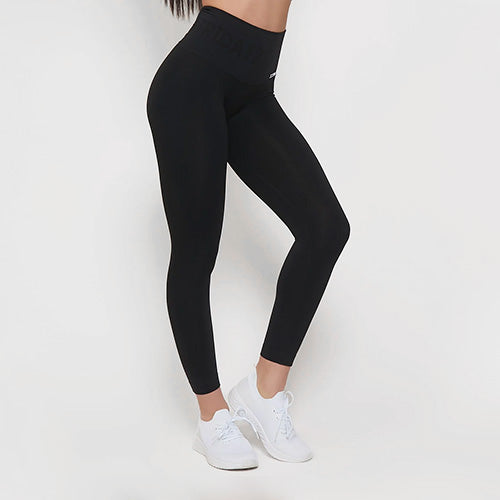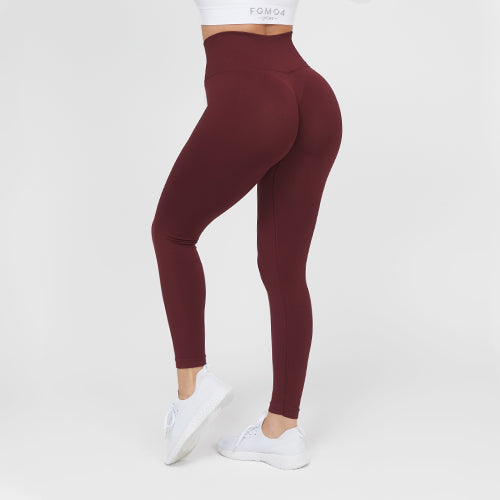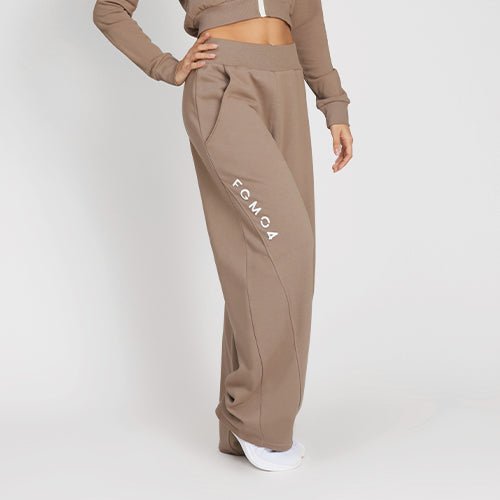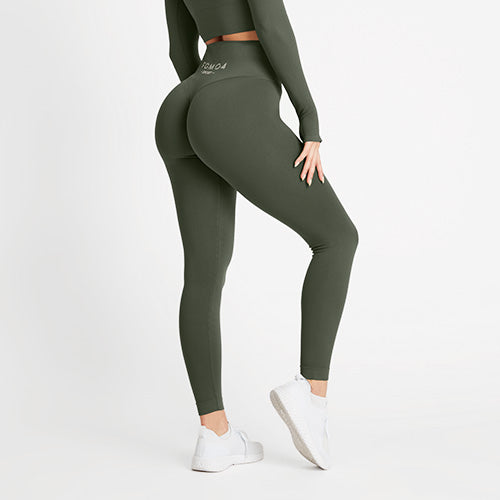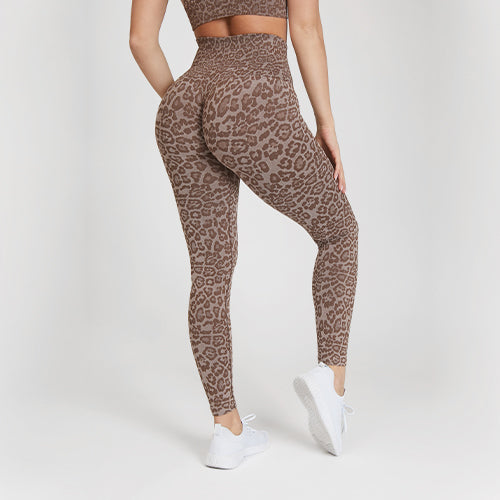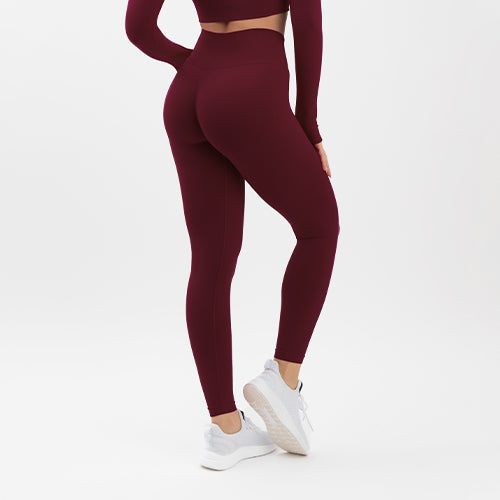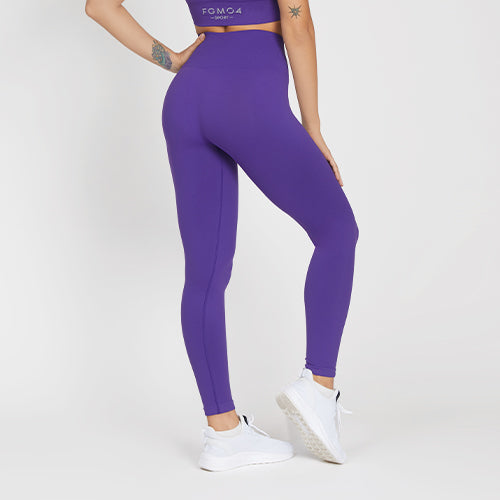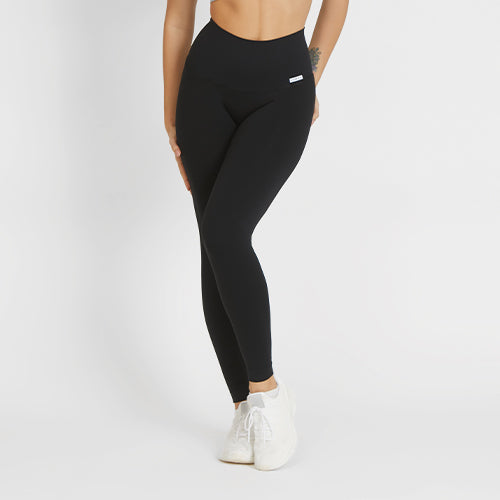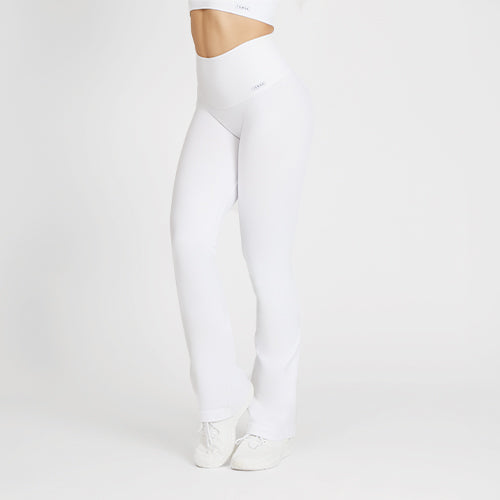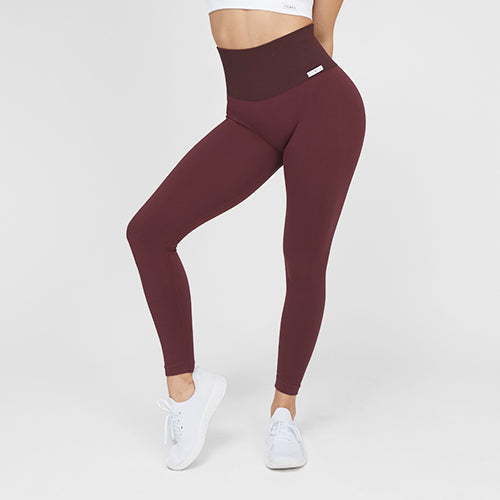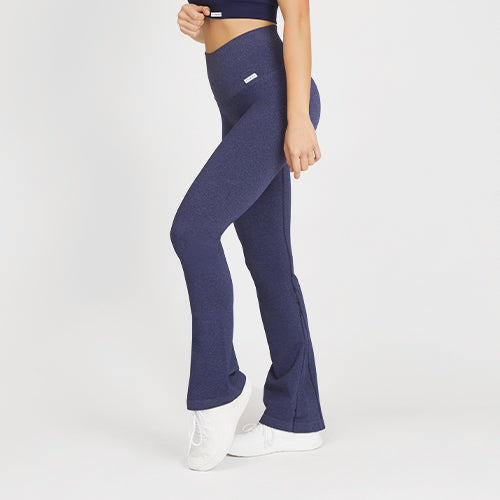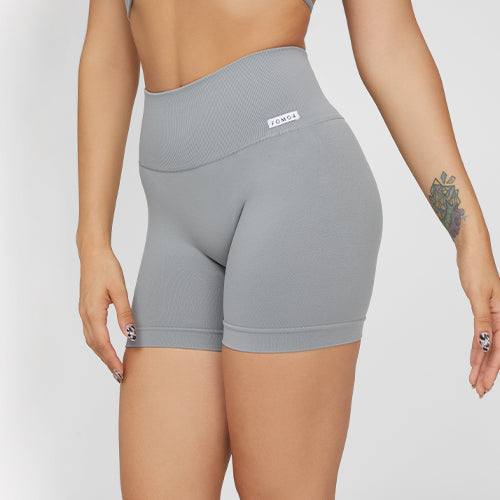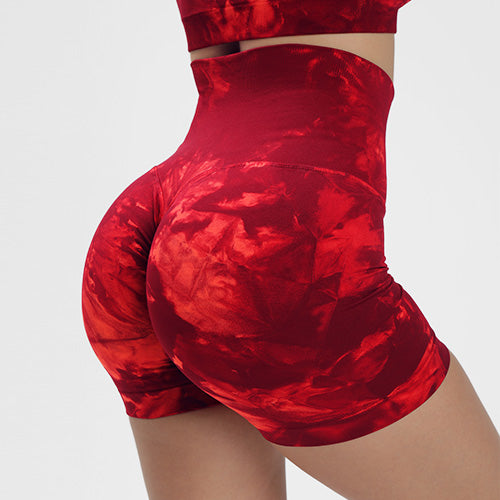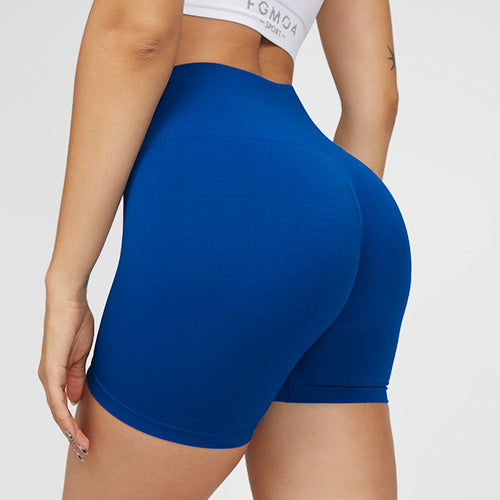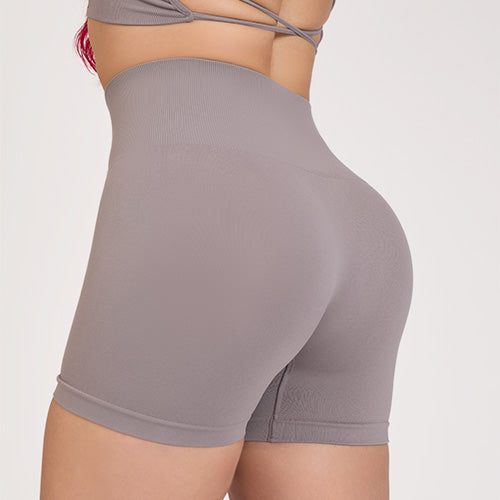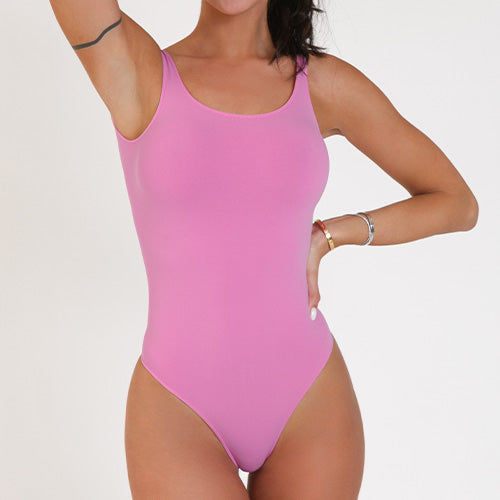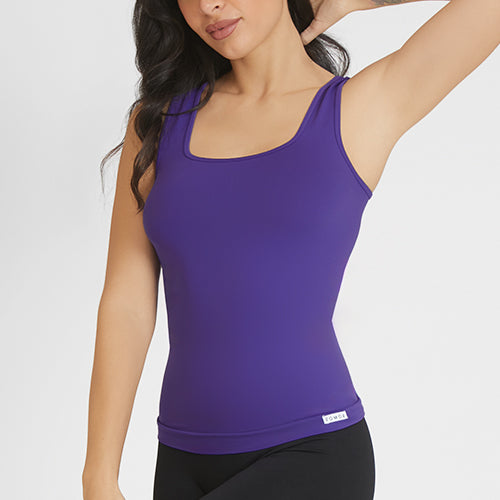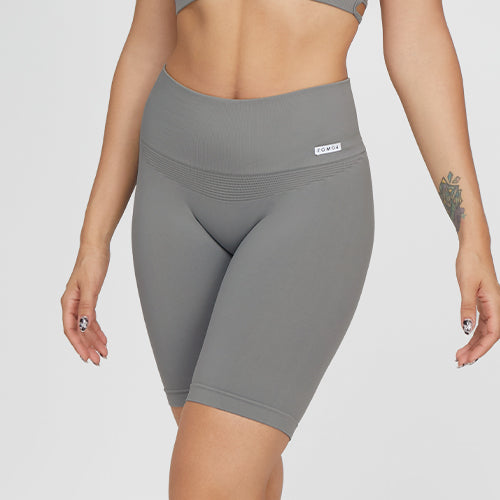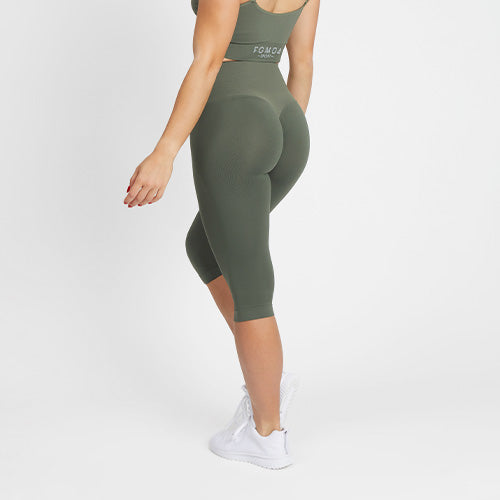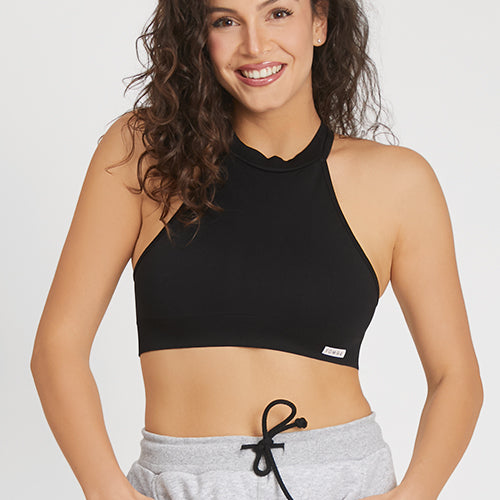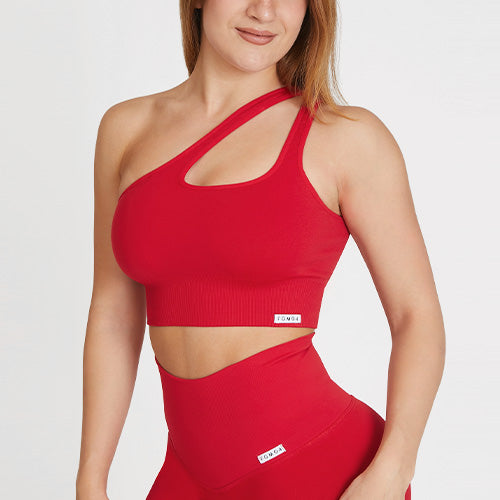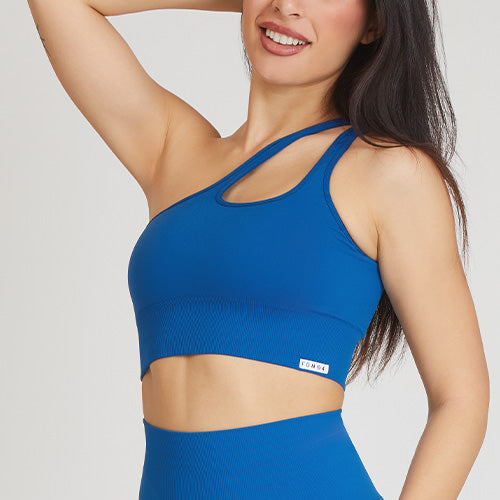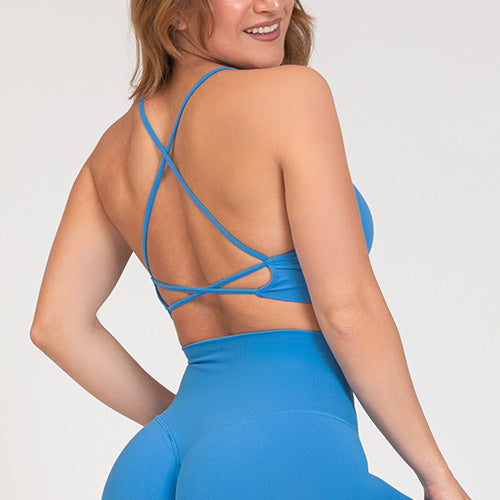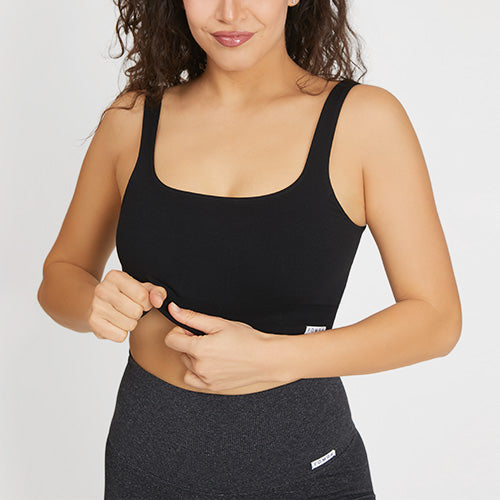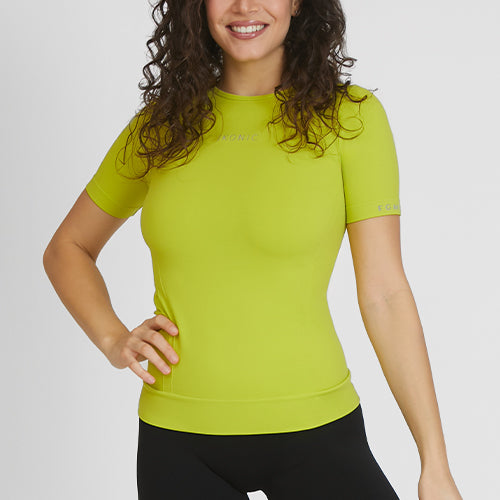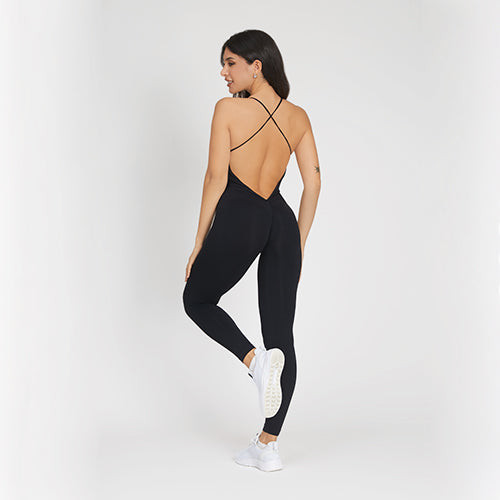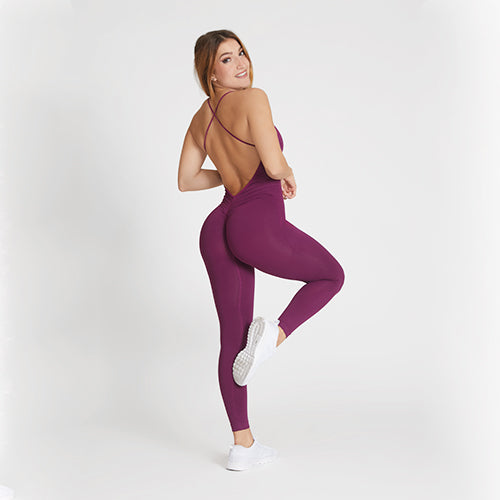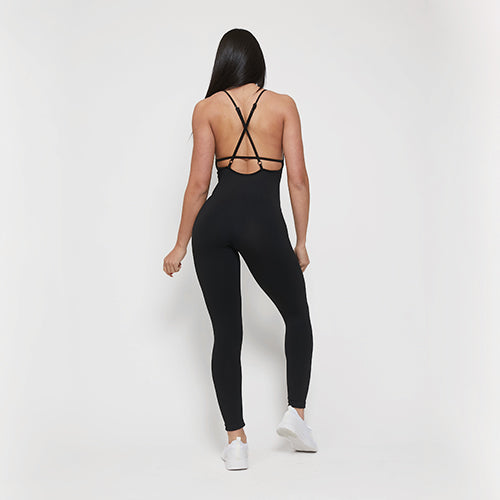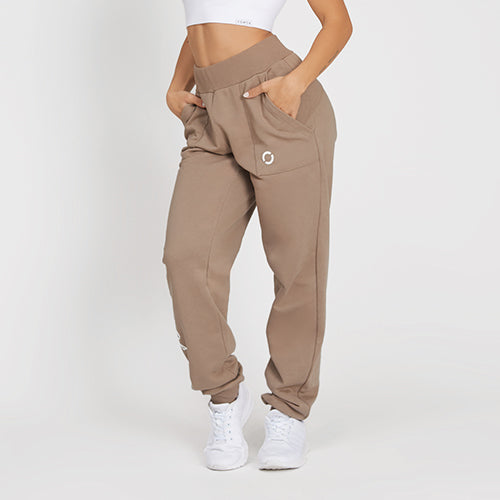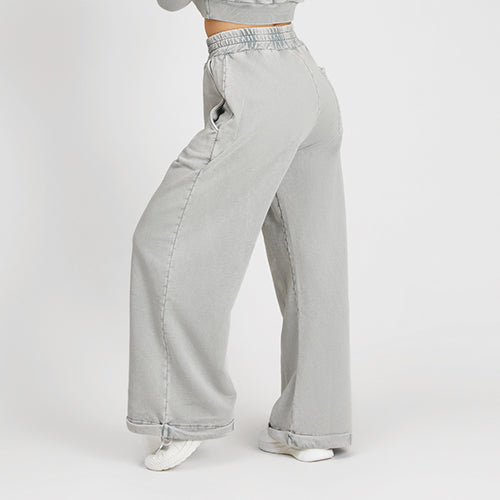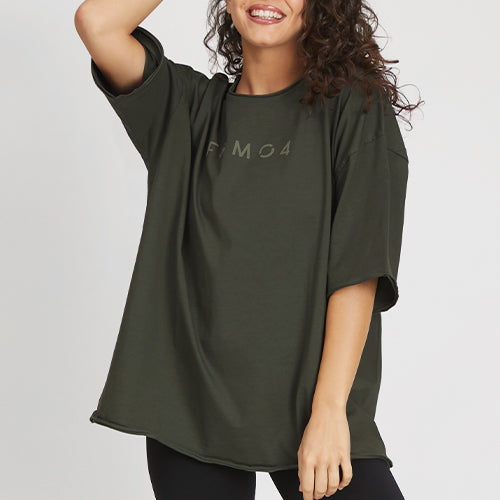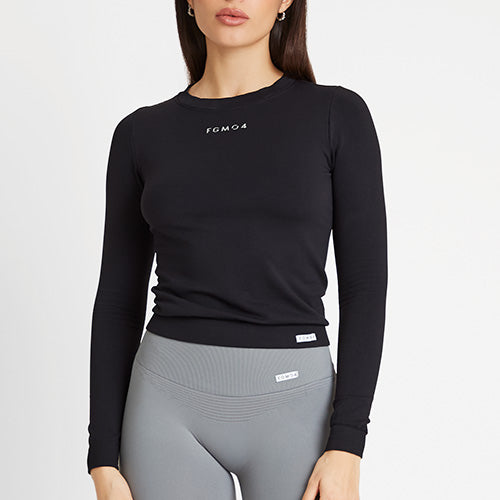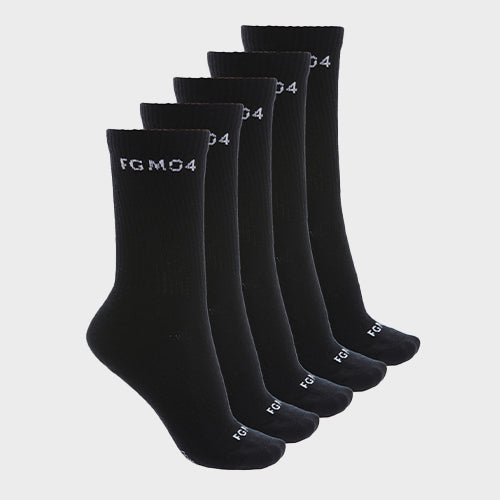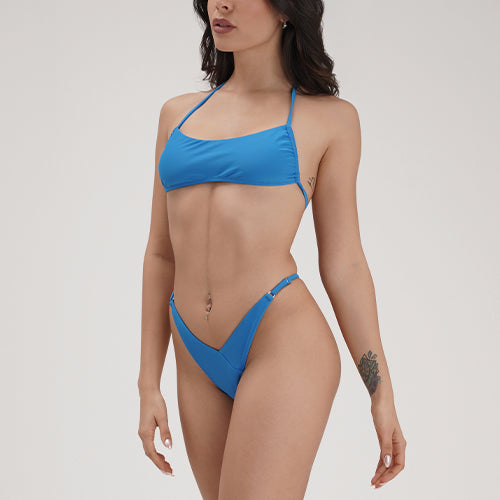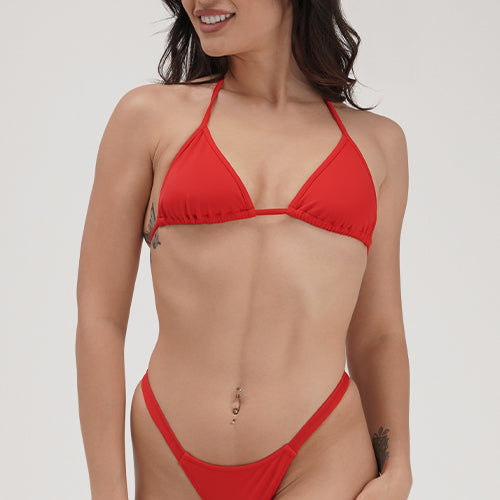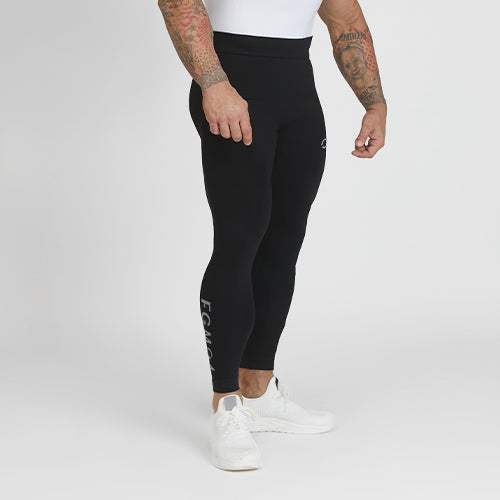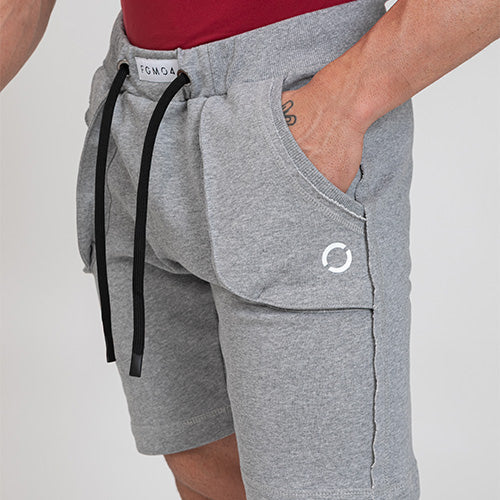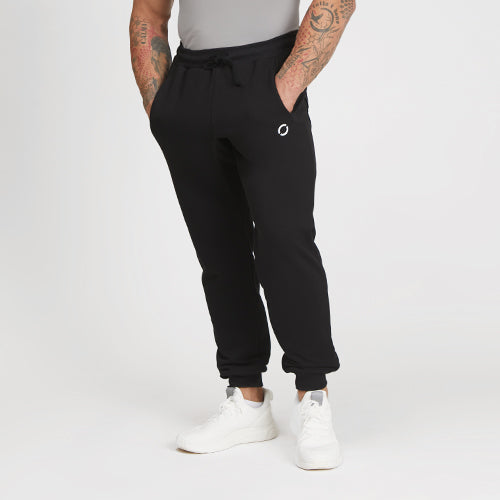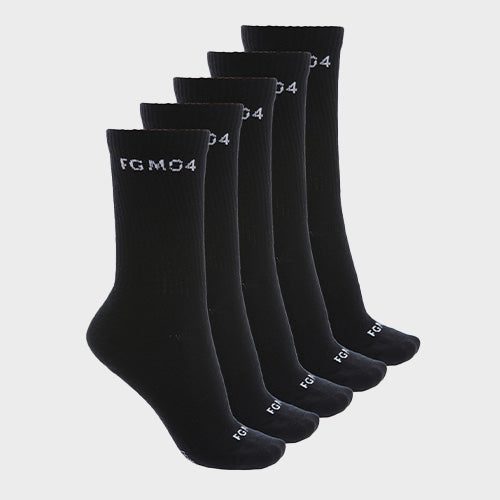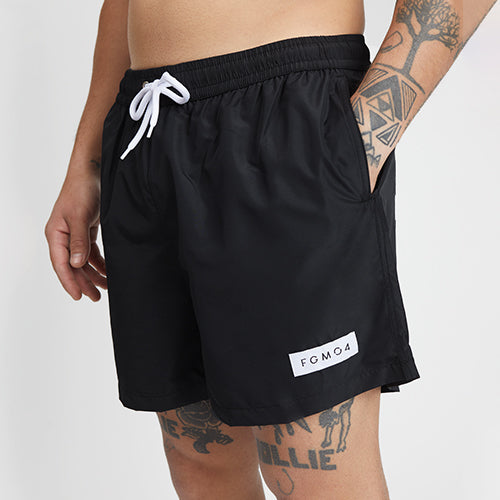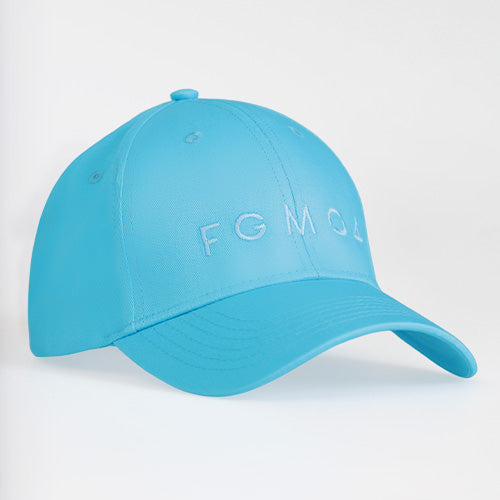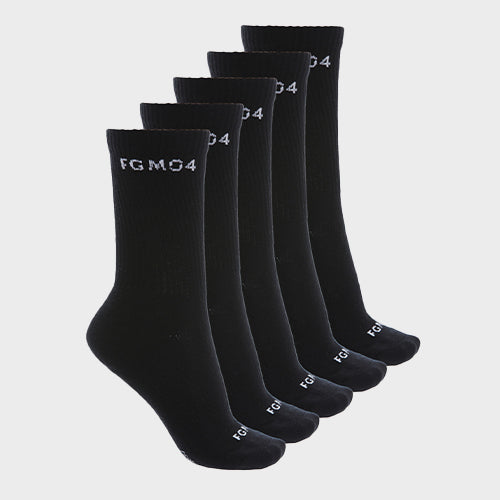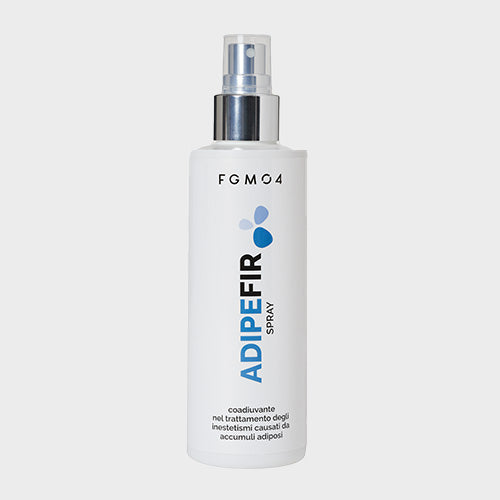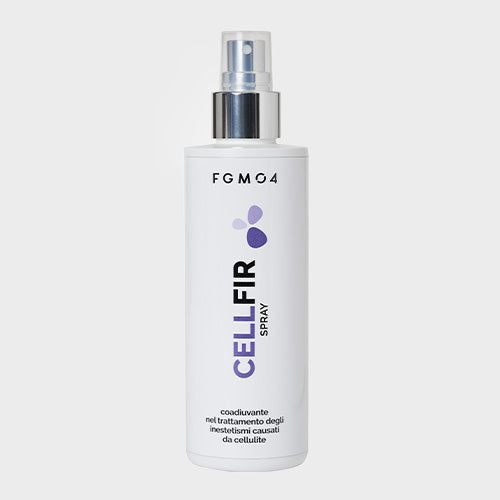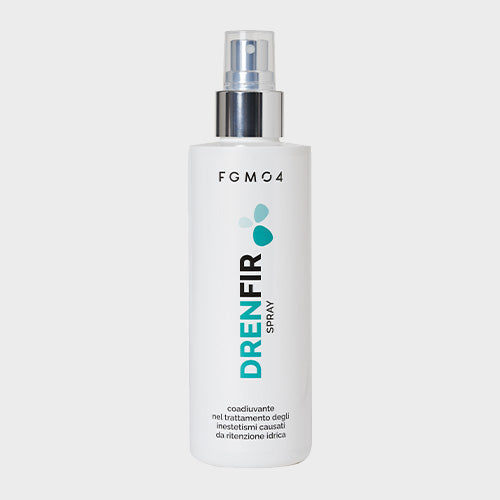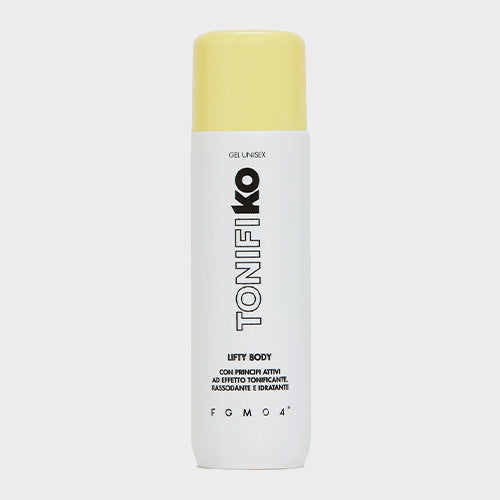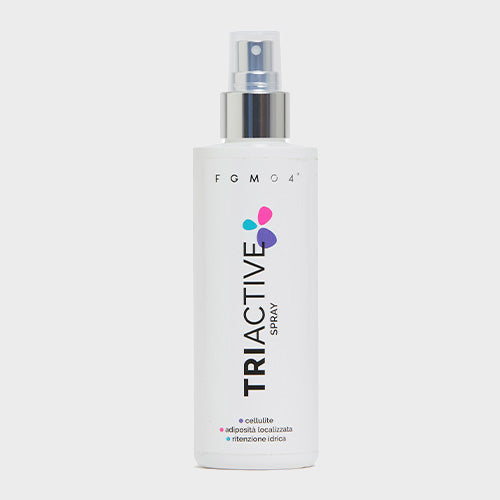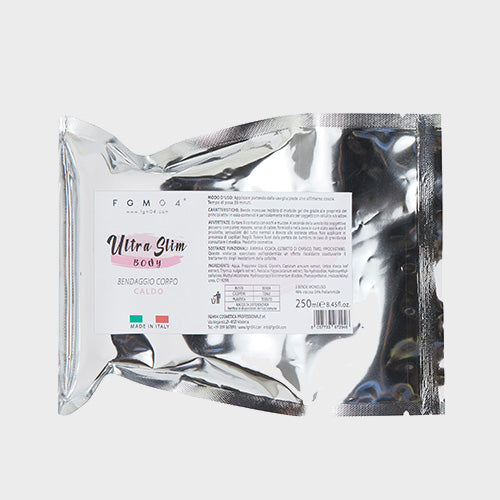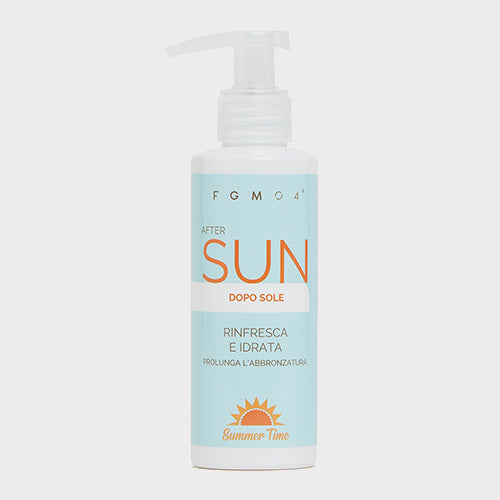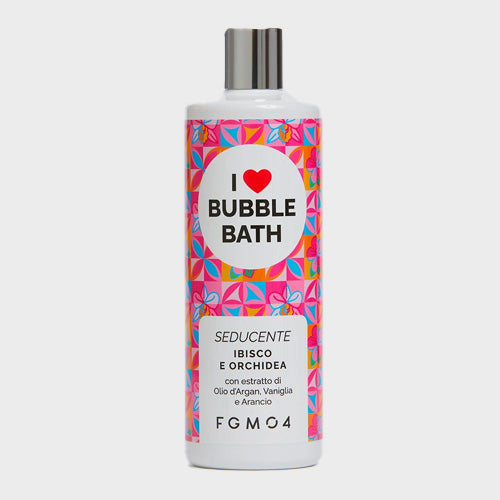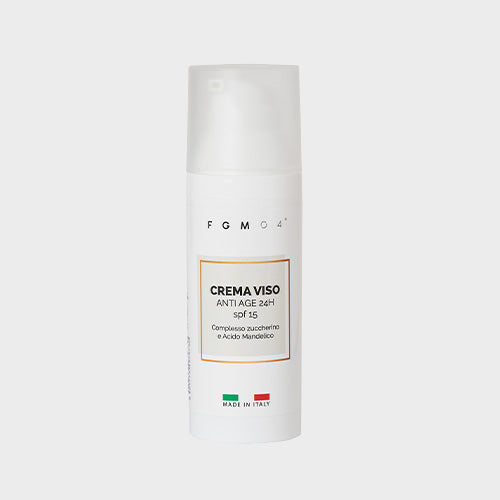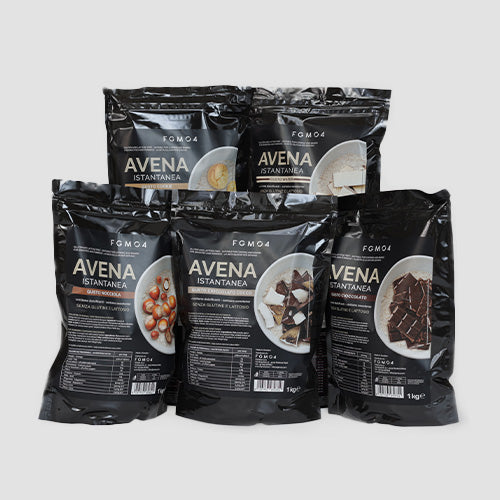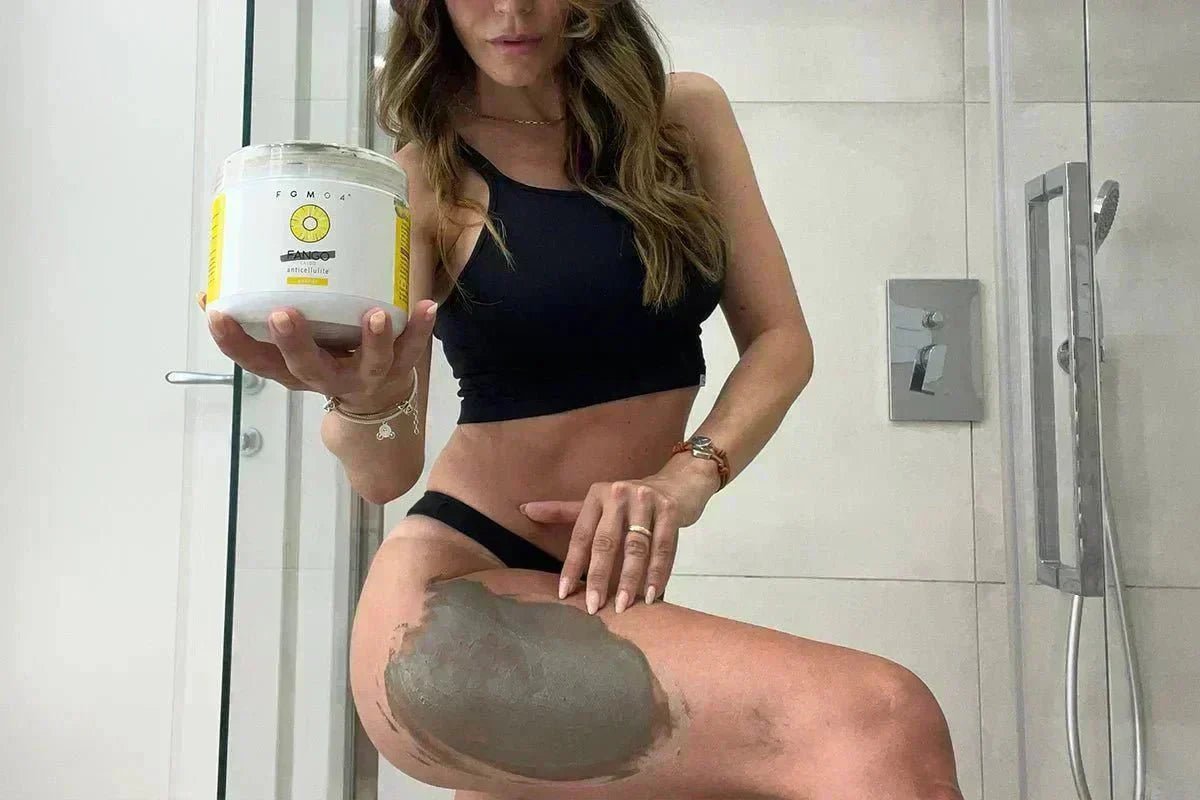Phosphatidylcholine what is it used for in cosmetic creams
The protagonist of today's episode is phosphatidylcholine, a phospholipid with multiple applications.
Very often we read theINCI of cosmetics without understanding what they are made of: the Latin names, often endless, are of no help. Tired of reading incomprehensible acronyms, I decided to document myself by writing articles on some important substances, often present in cosmetics. Enjoy the reading!
There phosphatidylcholine It is a phospholipid containing choline as a head group. It is an amphipathic molecule present in many foods.
We find it in egg yolk (from which in 1850 it was extracted by Maurice Gobley), soy lecithin, caviar and liver.
Phosphatidylcholine is the main component of biological membranes. Going into the wonders of the human body we discover that phosphatidylcholine is one of the main components of the plasma membrane: it regulates its permeability, fluidity and integrity.
In the medical field it has been used to treat hyperlipidemia and liver diseases: being amphiphilic it manages to cleave fats from the blood such as oil and water, without them being able to mix.
In the food industry, phosphatidylcholine, on the other hand, is used as an emulsifying agent (they call it E322), and it also acts as an ideal supplement to increase the efficiency of the brain and liver. It also helps to lower cholesterol.
The turning point for localized adiposity

Phosphatidylcholine has been used, starting in the 1990 s, to eliminate small fat deposits and to deal with cellulite by exploiting mesotherapy.
For those who are not afraid of needles, in fact, it is possible to try Lipodisolve: phosphatidylcholine is injected directly into the adipose tissue. This allows to reduce the volume of adipocytes, disposing of residues through the urinary tract.
This technique replaced liposculpture, which sucked up excess fat via a suction pump and some cannulas. In addition to being expensive, Lipodisolve is limited to the treatment of surface fat in reduced areas, not being able to act in depth.
Phosphatidylcholine is also not recommended for pregnant women, complicated diabetics, minors, immunosuppressed patients.
It is also inadvisable for patients allergic to soy and/or with liver/kidney failure, obesity, clotting disorders. For women with alterations related to the menstrual cycle it is better to avoid taking it.
Personally, I believe that, before undergoing these treatments, it is advisable to contact a trusted doctor.
Use in cosmetics
The phosphatidylcholine, thanks to its versatility, has also been widely used in cosmetics.
It is very easy to come across ineffective products (the right dosage is a secret kept by the best laboratories).
So I decided to tell you about products that I have tested firsthand.
I prefer less invasive solutions, which possibly do not involve needles and outpatient treatments.
To date you can find excellent products that use this active ingredient to help you eliminate excess fat. However, finding your way around is difficult.
When I had to prepare for my university exams, for example, I loved drinking Phosphate drink. It helped my concentration, gave me more energy to deal with the intense days of study and allowed me to burn excess fat.
My girlfriend Paola uses it daily Lipo Phosphatidylcholine Gel Women. Doing a full-time sedentary job can go to the gym only a couple of times a week. He was looking for an adjuvant to declare war on fat accumulations and found this gel of the FGM04. Being a gel can spread it whenever it wants thanks to the rapid absorption. It is excellent before a gallant evening or in the morning before going to the office.
Conclusions
Today we talked about the properties of phosphatidylcholine and its possible applications.
We found that it can also be used in cosmetic products.
In cosmetics, phosphatidylcholine enriches and increases effectiveness if mixed correctly.
In the next episode we will discover the visnadine, a mysterious active ingredient that has peculiar characteristics.
Until next time!
Image credits:
Abdomen man. Image of Freepik

